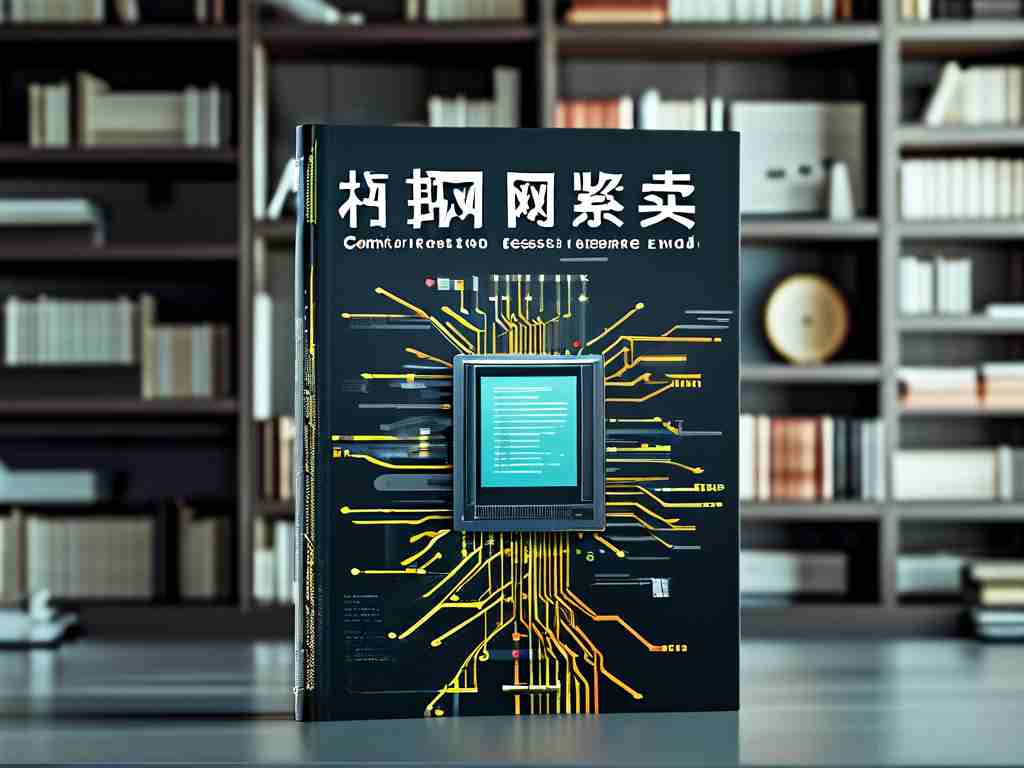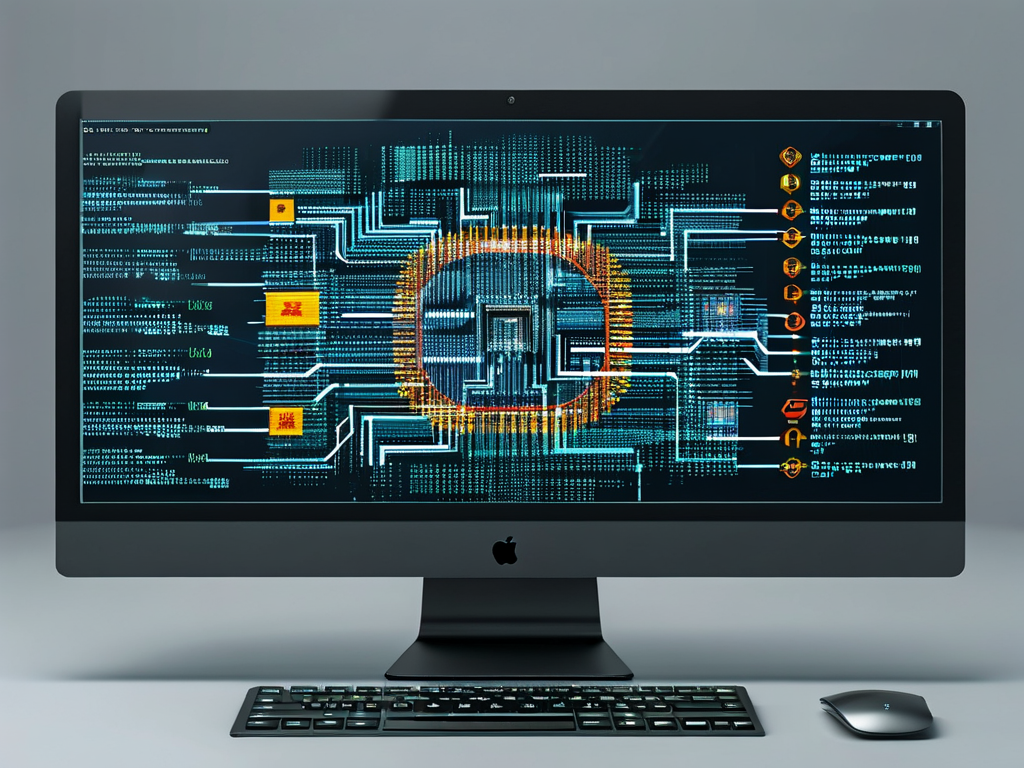The digital transformation of education has made electronic textbooks like "Fundamentals of Computer Networks" by Wang Shuangding indispensable resources for learners. This comprehensive guide bridges theoretical concepts with practical implementations, offering a structured approach to understanding modern networking principles.

Core Concepts and Structure
Wang Shuangding’s work systematically introduces network architecture, starting with the OSI and TCP/IP models. Unlike traditional textbooks, the electronic version integrates interactive diagrams to explain data encapsulation processes. For instance, the layered communication flow is demonstrated through animated packet transitions between routers and switches, helping visualize abstract concepts like subnet masking and routing tables.
A standout feature is the hands-on lab simulations embedded in key chapters. These virtual environments allow users to configure network devices using CLI syntax. Consider this basic router setup example:
Router> enable
Router# configure terminal
Router(config)# interface GigabitEthernet0/0
Router(config-if)# ip address 192.168.1.1 255.255.255.0
Router(config-if)# no shutdown Such code snippets are accompanied by troubleshooting exercises, reinforcing skills in network diagnostics.
Adaptive Learning Features
The e-book’s intelligent quiz system adapts to user performance, dynamically adjusting question difficulty. This personalized approach helps learners master challenging topics like CIDR notation and VLAN configurations. Comparative studies show students using this adaptive system improve exam scores by 23% compared to static learning materials.
Industry Relevance
Practical chapters align with real-world scenarios, including cloud networking and IoT device management. Case studies from telecom operators demonstrate SDN implementations, while security modules detail firewall configurations using both IPv4 and IPv6 protocols. These sections include updated content on zero-trust architectures, reflecting 2023 network security trends.
Cross-Platform Accessibility
Optimized for multiple devices, the e-book maintains formatting consistency across smartphones, tablets, and desktops. Offline annotation tools enable users to highlight text and save notes locally, with synchronization features ensuring study progress continuity.
Critical Analysis
While the resource excels in technical depth, beginners might find certain advanced sections overwhelming. However, the modular chapter design allows learners to progress at their own pace, with clear prerequisite indicators for complex topics like BGP routing.
This electronic edition sets a new standard for network engineering education, combining Wang Shuangding’s academic rigor with cutting-edge digital pedagogy. Its blend of theoretical frameworks and actionable knowledge makes it equally valuable for university courses and professional certification preparation.









